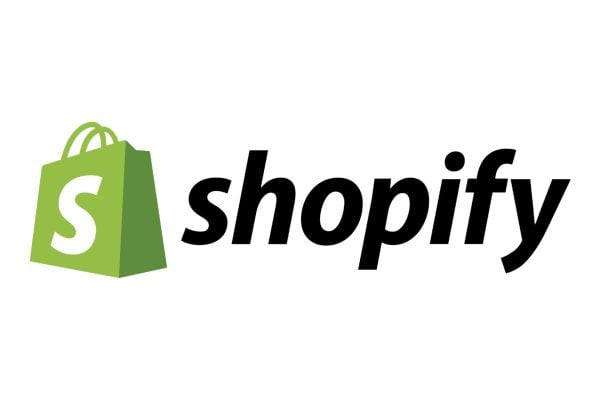 Seller Dynamics have announced integration with ecommerce platform Shopify and it looks like it’s proving to be a popular addition. Marketplace sellers have long understood the massive sales opportunity provided by the likes of Amazon and eBay, but are equally aware that driving traffic to, and sales on, their own website can be costly and problematic.
Seller Dynamics have announced integration with ecommerce platform Shopify and it looks like it’s proving to be a popular addition. Marketplace sellers have long understood the massive sales opportunity provided by the likes of Amazon and eBay, but are equally aware that driving traffic to, and sales on, their own website can be costly and problematic.
“If folks are looking for an ecommerce platform that is easy to use they should give Shopify a bit of a tyre kicking,” said Alex Ogilvie, MD at Seller Dynamics. “They seem to have nailed it, we can see that from a performance point of view and from a client feedback point of view.”
One of the first clients to pick up on the Seller Dynamics Shopify integration was marketplace seller, HTS (Scotland), who trade under the names Assai and Sent2u. Keith Ingram was able to pull two Shopify sites together over a few weeks, despite the significant distraction of also running the business.

“Shopify configuration was straightforward, I’m not a coder or a technical person, but configuring things was pretty painless, the odd thing but nothing much” said Keith.
“Populating the system was even easier, I downloaded our eBay listings and images using Seller Dynamics and then told Seller Dynamics what items I wanted to list on the Shopify sites I created. Seller Dynamics took the SKUs and pushed them onto Assai.co.uk and Sent2u.com, it marked my cost prices up by the margin I had previously set. And it is adjusting my prices each time I get a price change from a supplier. The Seller Dynamics integration just worked, no problems, love it!”
“But the really good bit is our orders from our two sites have jumped up a lot, and no, I’m not saying how much – but we are really chuffed. I’m putting some of that down to being able to promote ourselves a lot easier across social media thanks to Shopify, and I’m sure the search optimisation and ease of use of the site must be playing a huge part. We have a record store in Broughty Ferry, just up the road from Dundee, and have a good local reputation for putting on bands in the shop, so it’s good to properly tie in our ecommerce offering into Facebook where we promote our band events.”
Shopify was added by Seller Dynamics only after a fair bit of thought. Sales on the marketplaces dwarf those that an independent site can normally make, but after some consideration they decided that it was a necessary part of the service that they offer.
Alex at Seller Dynamics said, “We have a facility to let retailers export and import data from any ecommerce system, it’s a semi-automated type thing to allow integration with the systems we haven’t fully added to the system yet. For a while we thought that might be good enough for Shopify. But eventually we got enough of a positive vibe that we decided to do a full integration. I’m glad we did. Shopify have done a good job, our tech team have only the nicest things to say about it. And being able to see new sales happen for our clients is really heartening. The social integration stuff seems to work really well.”
Promoting an ecommerce site can be expensive, especially through Pay Per Click advertising, and that spend doesn’t come with a guarantee of sales which is why marketplaces are so popular. That said, using Shopify’s social sharing options seems like a low cost way to build a brand outside the marketplaces, early indications from HTS seems to support that.








